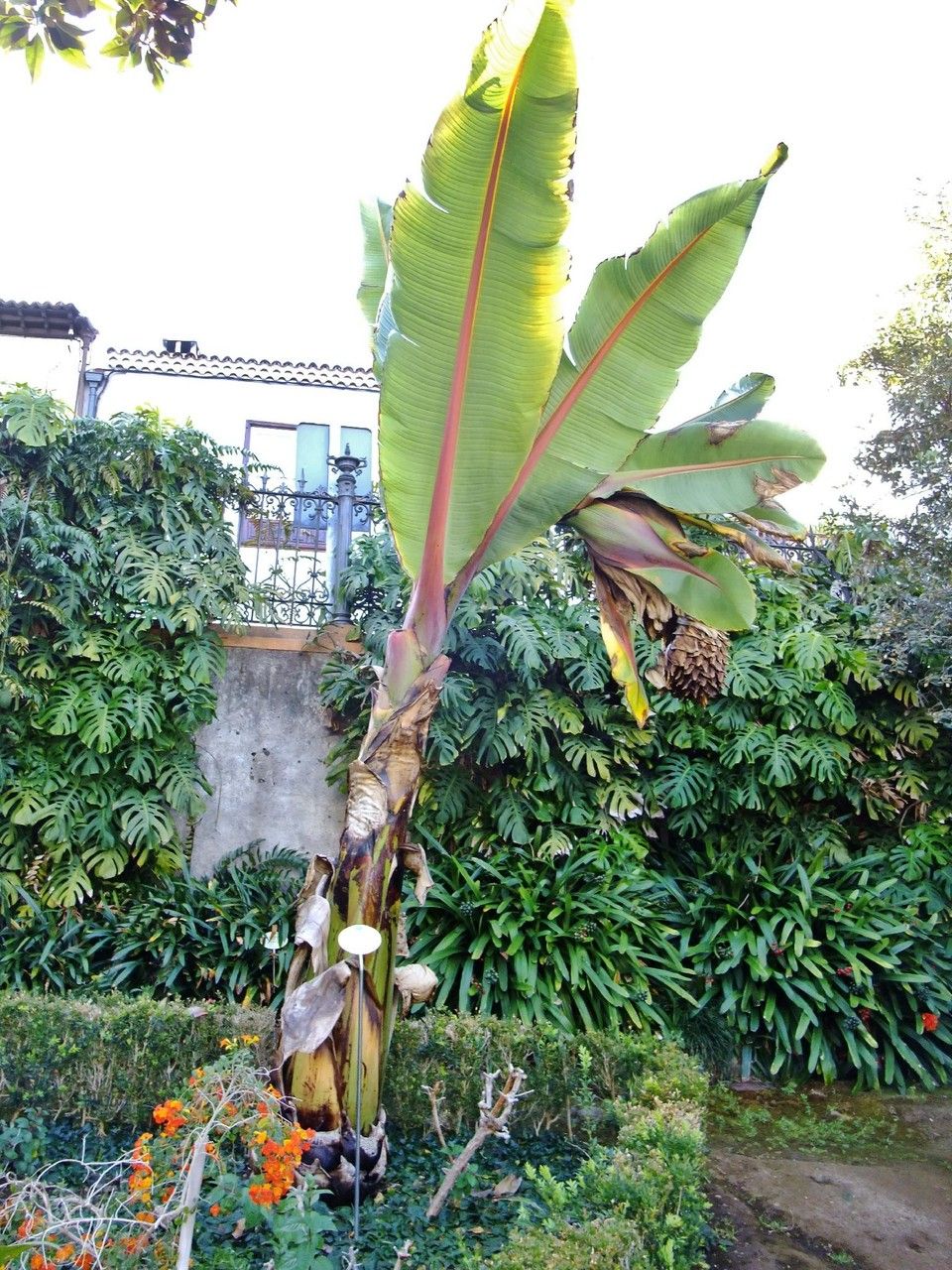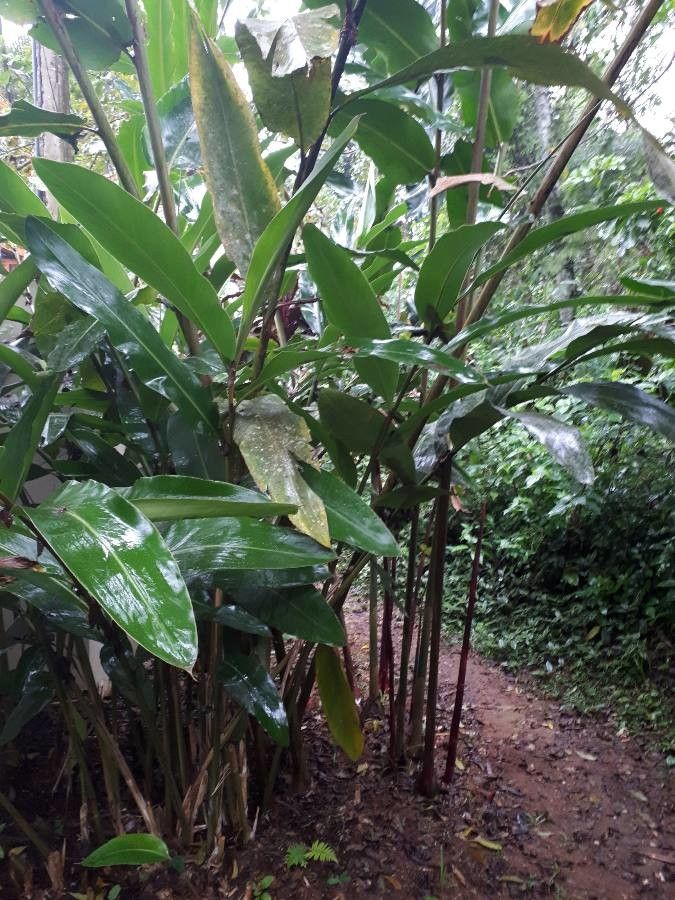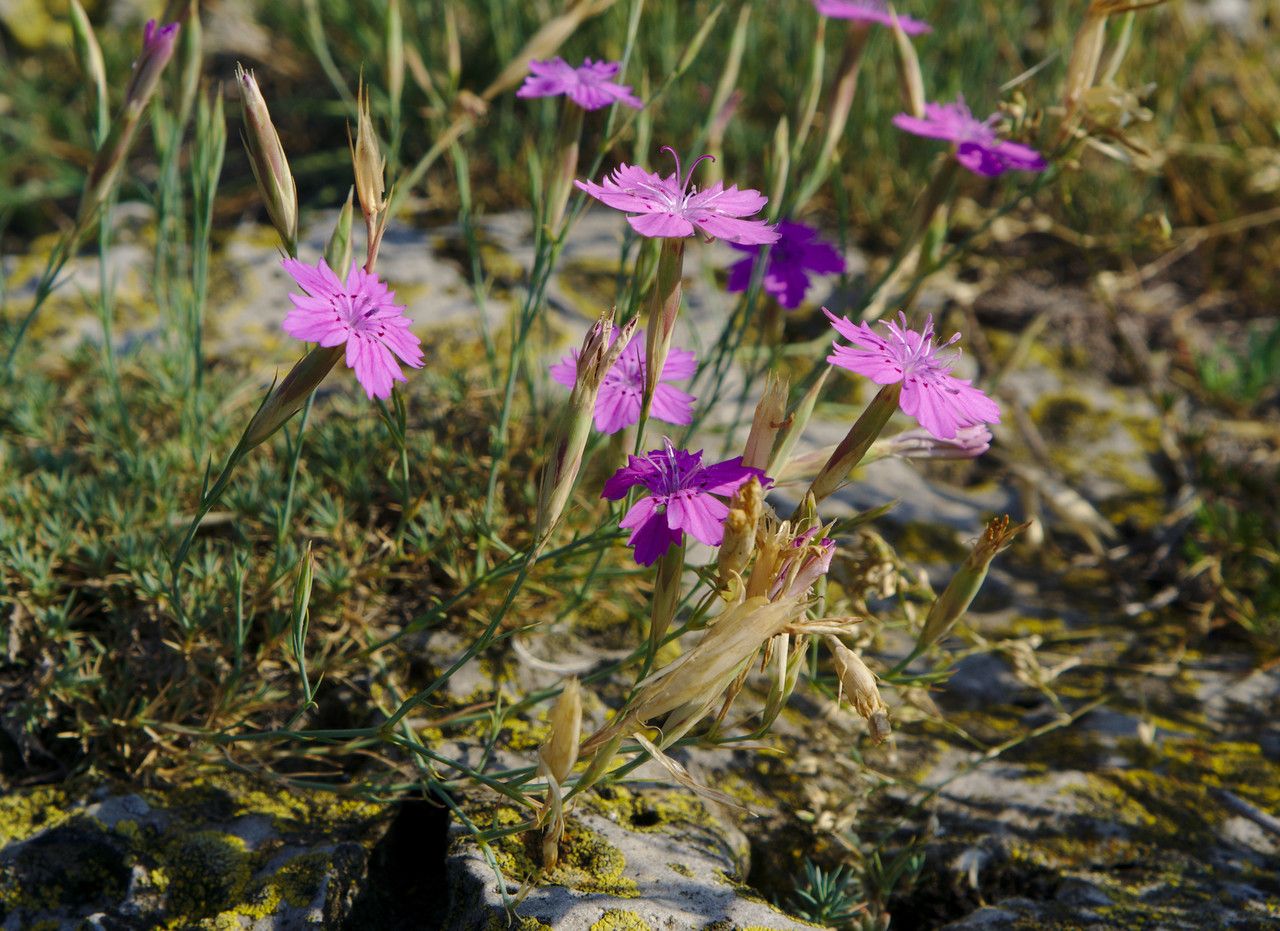### Wild Parsnip: A Detailed Guide
Wild parsnip ( *Pastinaca sativa* ) is a flowering plant belonging to the Apiaceae family, which also includes carrots, celery, and parsley. While its relatives grace our dinner tables, wild parsnip presents a different story—one that involves potential dangers and the need for careful identification and control.
### Identification
Distinguishing wild parsnip from other similar plants, like Queen Anne's Lace ( *Daucus carota* ), is crucial. Wild parsnip typically grows 2-5 feet tall, featuring a stout, ridged stem and coarsely toothed, fern-like leaves. The key identifier is its small, yellow, umbrella-shaped flower clusters (umbels) that bloom in late spring and summer. The stems are hairless or sparsely hairy, unlike the hairy stems of many similar plants.
**Beware:** Wild parsnip's sap contains photosensitizing compounds (furanocoumarins). These compounds react with sunlight to cause severe skin burns, known as phytophotodermatitis, a painful and long-lasting reaction. Skin contact followed by sun exposure can result in blisters, discoloration, and scarring that can last for months. Therefore, direct contact should be strictly avoided.
### Habitat and Growth
Wild parsnip thrives in disturbed areas such as roadsides, fields, and neglected gardens. It prefers full sun to partial shade and tolerates a variety of soil conditions. It's considered an invasive species in many regions, readily spreading through its seeds.
### Control Methods
Controlling wild parsnip requires careful planning and protective gear. **Always wear long sleeves, gloves, and eye protection** when handling this plant. Methods include:
* **Hand-Pulling:** Small infestations can be removed by hand-pulling, ensuring the entire root system is extracted. Dispose of the plant material properly in sealed bags.
* **Herbicides:** For larger infestations, appropriate herbicides can be effective. Always follow product instructions carefully and choose herbicides that are specifically targeted to control wild parsnip.
* **Mowing:** Mowing can prevent the plant from going to seed, limiting future spread. However, this may not eradicate the plant entirely. Mowing should be repeated throughout the growing season, as new plants might sprout.
### Prevention
Preventing the spread of wild parsnip is crucial. Regularly maintaining your property by mowing and removing weeds can help keep this invasive plant from establishing itself. Also, be vigilant in identifying and removing seedlings before they have a chance to flower and seed.
### Conclusion
Wild parsnip is a plant to be respected, not ignored. Its ability to cause severe skin reactions combined with its invasive nature demands cautious handling and effective control methods. By understanding its characteristics and employing the appropriate strategies, you can protect yourself and your environment from this potentially harmful plant.
Wild Parsnip: Identification, Dangers & Control

Frequently Asked Questions
Is wild parsnip poisonous to humans?
While wild parsnip isn't poisonous in the traditional sense, its sap contains compounds that cause a severe reaction to sunlight, leading to painful skin burns (phytophotodermatitis).
How do I get rid of wild parsnip in my garden?
For small infestations, hand-pulling the entire root system is effective. Larger areas might require herbicides. Always wear protective clothing and follow herbicide instructions carefully.


